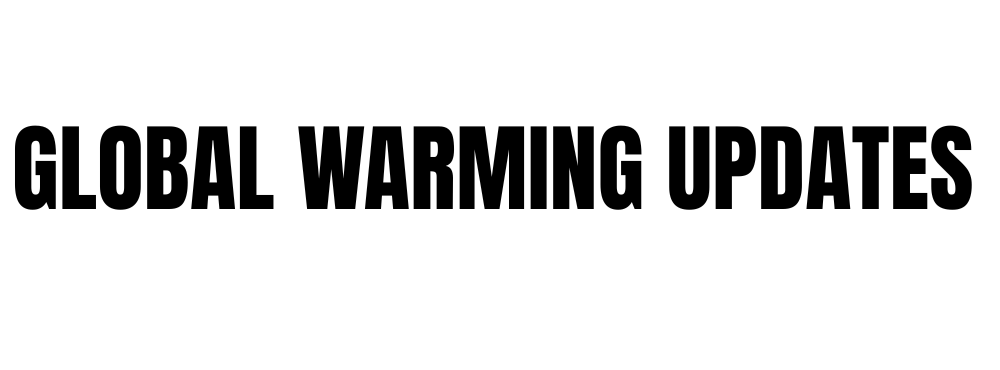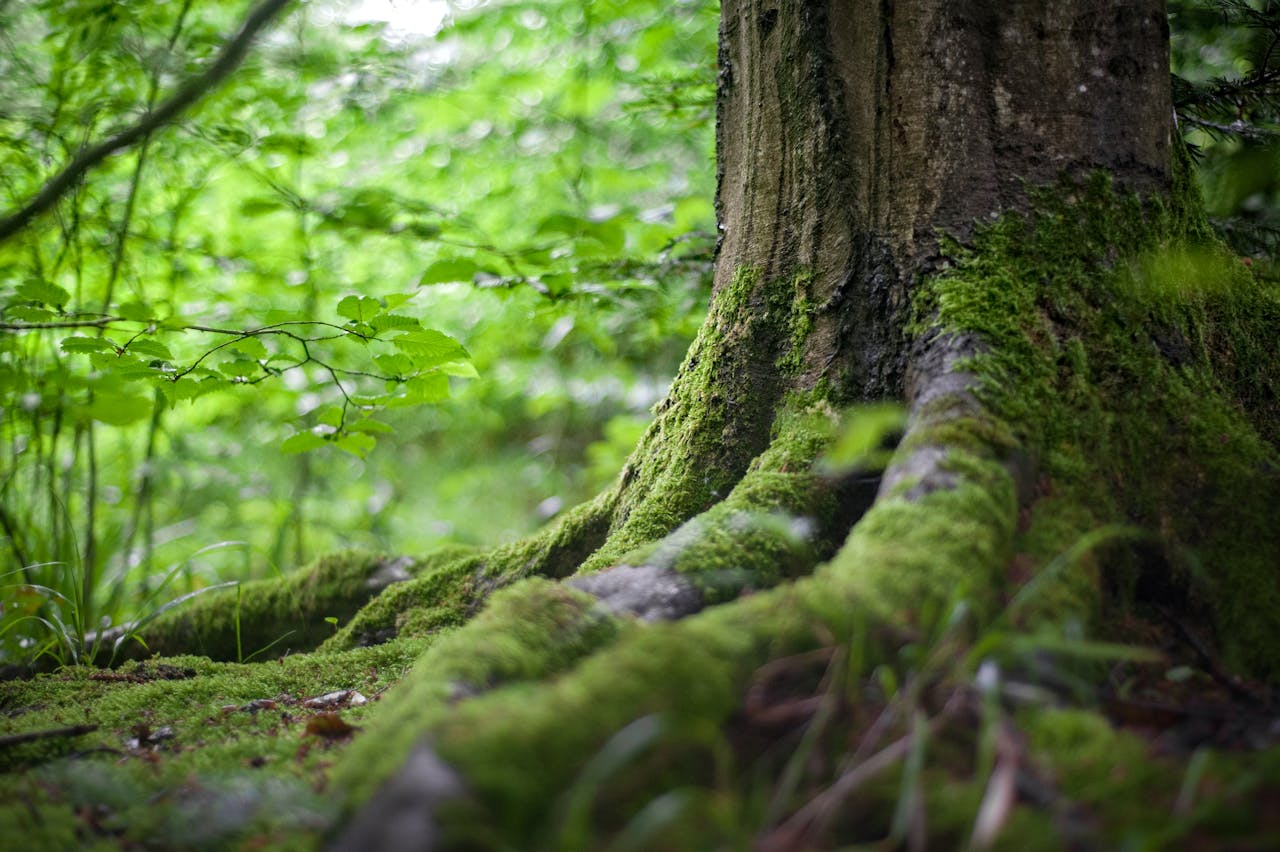
Samoa, located in the South Pacific Ocean, is an island nation that is suffering from various hardships that are a result of climate change. The geographical characteristics of the country; flat land, dependence on the environment makes them prone to climate change, and consequently sea level rise, climate-induced events, and changes in the biophysical environment. With the focus of knowing the impacts climate change exerts on Samoa, it’s important to also find out possible forms of adapting to these changes in a quicker amount of time and with greater effectiveness.
Effects of Climate Change on Samoa
Rising Sea Levels: It is depicted that amongst many other struggles climate change brings to Samoa, sea level rise is the most alarming one. This trend persists on putting at risk all coastal areas, where most of the population lives. The flooding dangers further increasing as sea level continues to backup day in day out due to climate change, the land is at risk of erosion due to the tides and salt water intrusion, homes, civil structures and agricultural land becoming endangered. Even though coastal erosion may occur in any region around the world – it is often severe in areas where the land is lower, hence erosion has an effect to local inhabitants as well as areas where important economic activities are carried out such as farming and the tourism sector.
Extreme Weather Conditions: In recent years, Samoa has been affected more frequently by extreme weather events such as cyclones and storms, which inevitably leads to the destruction of property, infrastructure, and other livelihoods. Caught in the fury of developments like cyclone even in 2012 saw thousands being displaced while the property loss went into millions. Heavy rains along with flash floods affect the transportation, water supply, and sanitation systems and exposes communities to health risks.
Climate Change Challenges and Solutions for Samoa
Ecosystems’ Endurance: The marine and terrestrial ecosystems in Samoa are also under threat. Long-term stressors such as sea temperature elevation cause the coral reefs, which are essential in shielding the coastlines and supporting fisheries, to be less productive. There has been an increase in the incidents related to coral bleaching, which results in diminished fish stocks and, as a result, a decline in local fisheries that are critical to food security and livelihood. Weather change and temperature on climate change will have impact on the native plants and animals further leading to loss of biodiversity and ecosystems.
Public Health and Socioeconomic Effects: Climate change enhances health challenges in Samoa resulting from increasing prevalence of disease. Floods and stagnant waters lead to increased incidence of mosquito borne diseases like dengue fever. There is impact as well on health status and the general welfare of residents because of heat stress and restricted availability of safe drinking water. From an economic perspective, destruction of infrastructure, reduction in agricultural outputs, and pressure on the fisheries sector raise costs and decrease the incomes of the communities that rely on these economic activities.
Ways to Solve the climate change problem in Samoa
Community-Based Adaptation: It is important that local communities are involved in formulating and deploying adaptation approaches. Focusing on traditional information and integrating modern methods, allows communities to mitigate the impacts. This involves re-planting of mangroves and conservation of natural barriers that assist in mitigating against coastal flooding and erosion.
Climate-Resilient Infrastructure: It is important to build infrastructure that is resilient to the stresses of climate change, such as flooding and storms. This is inclusive of erecting new structures which include; buildings, roads and bridges that can withstand extreme events such as strong wind, heavy downpours and floods. Further, by assessing climate related risks in urban and regional planning, the incorporation of future climate concerns is assured in any new construction.
Policy and International Support: Samoa has grasped opportunities to climatize the island, and campaign for it on the international stage. This includes first enacting plans for action such as the National Adaptation Programme of Action (NAPA) and greater collaboration between regional and international partners which will help in dispensations of funding and technical assistance. Assistance from other nations through climate finance, grants or transfer of technologies can supplement national strategies.
Conservation and Reforestation: Retention of the remaining forests, along with promoting their reestablishment, assists in lowering the carbon emissions while enhancing the environment’s ability to sequester CO2. Additionally, forests serve as natural water systems and minimize the probability of landslides because of heavy rains. Growing the extent of conservation zones helps to maintain the level of biodiversity and reinforce the natural barriers against climate change.
Conclusion
The fight of Samoa against climate change perfectly illustrates the fragility of small island nations. However, the challenges cannot be understated because there are also solutions to the problems such as the use of clean energy resources, improving the resilience of the environmental structure, and encouraging community-led transformation. Continued global collaboration and investment are necessary for the purposes of enabling Samoa to become more resilient and protecting its future in a world that is highly affected by climate change.









